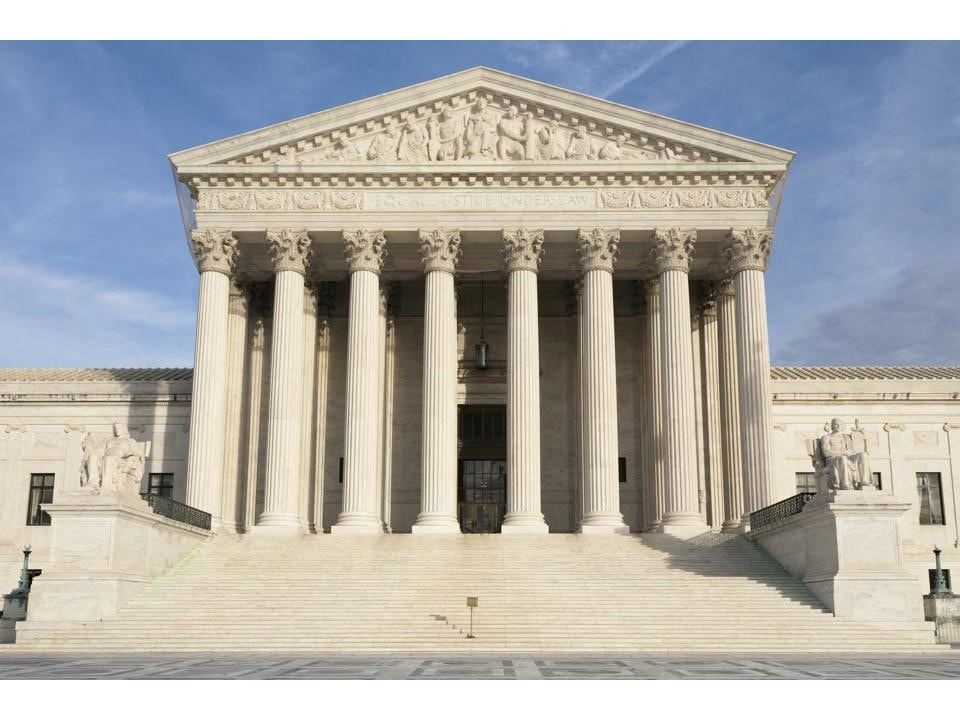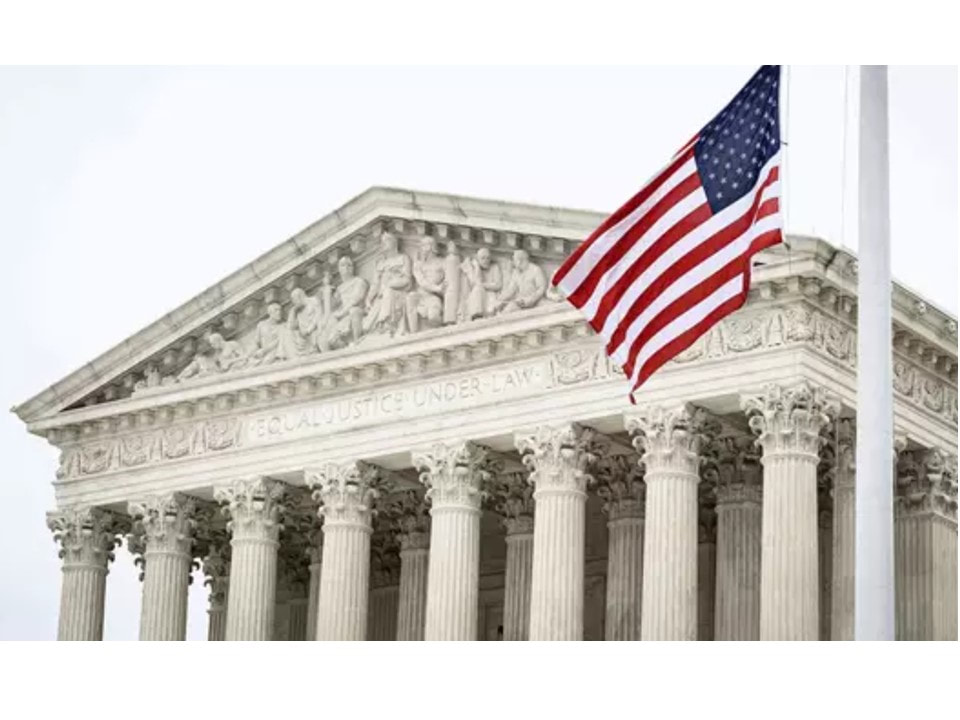It has been a tumultuous few years for everyone, and that includes America's Highest Court. The Justice’s are rebounding from significant turnover while navigating a global pandemic that has uprooted their formal procedures. And now there are several energy and environmental cases on the docket, including BP v. Mayor and City Council of Baltimore (No. 19-1189) and an appeal of a ruling by the 10th U.S. Circuit Court about the rationale of the US EPA when considering RFS biofuel waivers for refineries.
It is hard to know which or if any of the cases on the current docket will be powerful - the current caseload is a mixed bag, some are procedural while others seem to have more weight. But it is possible that one will become landmark, a legal decision that could affect the future of energy, the environment, and the world.
In recognition of this new term of the US Supreme Court, American Energy Society editors asked "what are the most important cases in energy and environmental law?" AES editors relied on and combined the results of two surveys of academic and legal practitioners conducted by the Duke University Law School. The results were combined to determine the three most influential and significant energy and environmental cases in Supreme Court history. It is worth noting that the opinion of both surveys and almost all participants was nearly unanimous; essentially, everyone agrees upon the three most important energy and environmental cases in US Supreme Court history.
Some things to think about when reading this issue of Energy Today:
It is hard to know which or if any of the cases on the current docket will be powerful - the current caseload is a mixed bag, some are procedural while others seem to have more weight. But it is possible that one will become landmark, a legal decision that could affect the future of energy, the environment, and the world.
In recognition of this new term of the US Supreme Court, American Energy Society editors asked "what are the most important cases in energy and environmental law?" AES editors relied on and combined the results of two surveys of academic and legal practitioners conducted by the Duke University Law School. The results were combined to determine the three most influential and significant energy and environmental cases in Supreme Court history. It is worth noting that the opinion of both surveys and almost all participants was nearly unanimous; essentially, everyone agrees upon the three most important energy and environmental cases in US Supreme Court history.
Some things to think about when reading this issue of Energy Today:
- The legal history of the Supreme Court is more than 200 years old, but energy and environmental law is relatively new; indeed, all three cases emerge out out of the current generation of legal scholarship.
- The controversial epicenter of each case is the size, scope and reach of the federal government, and especially the executive branch and its power to interpret and enforce the law.
- All three cases began as low-profile but evolved so quickly into new policies, regulations, and courses of action that they have rendered almost meaningless traditional guiding principles like legal precedent and "loose" or "strict" constructions. Indeed, what exactly is the "original meaning" of the Constitution with respect to a modern issues like the use of corn-based ethanol as a renewable fuel additive to gasoline?
Table of Contents
|
#1: Chevron USA v. NRDC
Chevron v. NRDC is the most important energy and environmental case in US legal history, but you've probably never heard about it. You may remember learning about Marbury vs. Madison, which established the principle of "judicial review". “Marbury” was decided in 1803 and has racked up over 8,000 legal citations in about 220 years. Chevron v. NRDC was decided in 1984, yet has already been cited more than Marbury. Bruce Ackerman, a prominent legal scholar, describes "Chevron" as the "Pole Star" for an entire generation of legal scholars. Indeed, Chevron v NRDC was nothing less than a legal revolution. |
|
#2: Massachusetts v. US EPA
The second most important environmental lawsuit in U.S. history began in Joe Mendelson’s nursery, as his two daughters drifted off to sleep. “I would sometimes be in their bedroom in a rocking chair and sit with them as I read over my legal work, including the [Massachusetts] petition,” Mendelson said. That petition would lead to the most consequential Supreme Court ruling on the environment: Massachusetts v. EPA, a landmark ruling that has been called the Brown v. Board of Education for the environment. The ruling also lead to the “Endangerment Findings,” in which the EPA determined greenhouse gases threaten the public’s health and welfare, President Obama's Clean Power Plan, President Trump's Affordable Clean Energy rule.... See also: Coal Fight Turns Ugly
|
|
#3: Rapanos v United States
Let's be honest, the third most important case in US environmental law history - Rapanos v. U.S. Army Corps of Engineers - is famous for what it did not do. A rare plurality 4-1-4 decision generated several conflicting opinions and no majority, leaving the lower courts and the EPA to randomly decide for themselves what to do about the "waters of the United States" — and everyone else to grapple with the fallout. See also: Gone
|









